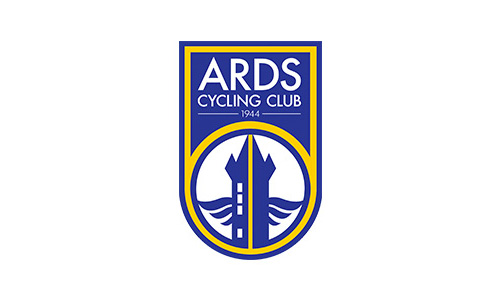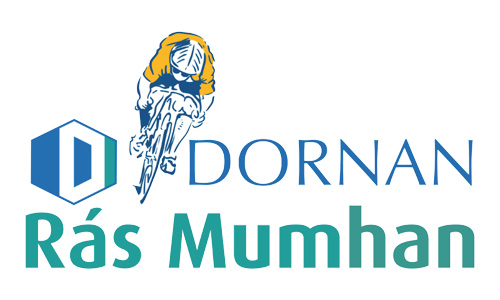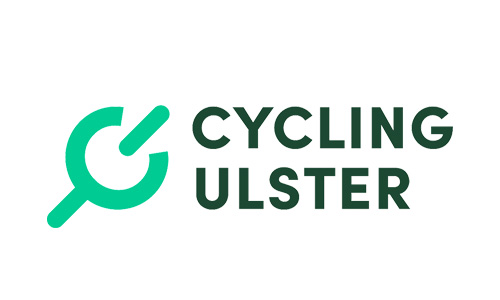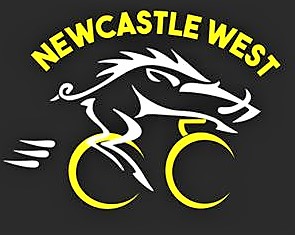All photos including feature courtesy of Martine Verfaillie who took the shots in Leuven (The home of Stella Artois) last weekend, info courtesy of “Het Nieuwsblad Belgium“

A look at the financial figures shows that the starting money has been drastically cut. Only the big two, Van der Poel and Van Aert, escape. They will soon receive 10,000 euros per cyclocross.
Fewer cyclocross rides, and where there are still happening… spectators are not allowed. Cyclocross suffers significantly from the restrictions. Revenues are plummeting everywhere. That starting money is a (in the past often generous) amount that the cyclists receive directly from the organizers, in addition to the wages they receive from their team. Apart from the championships – BC and World Championships – and the World Cup crosses, starting money is paid everywhere. For most riders, it makes up about 30-50% of their total income. At least until the spring of 2020 when Covid-19 struck. Because the latest financial figures show that the organizers have put their money where their mouth is, almost all cyclists have had to give up considerably in recent months.

Reigning Belgian champion Laurens Sweeck started last Wednesday in Niel for the sum of 2,000 euros. Last year – without a Belgian jersey – that was 2,500 euros, with a bonus of 500 euros if he were on the podium. It makes van Sweeck one of the biggest victims. For twenty years, a Belgian champion saw his regular starting money almost automatically doubled if he became Belgian champion. Understand: in normal circumstances, Sweeck could easily have credited 5,000 to 6,000 euros per cross to his bank account this season. Today that is 4,000 euros less – once or twice a week for a whole winter. Count out the massive loss.

The sub-top has been cut much more sharply. Dutchman Lars van der Haar could count on 2,750 euros per cross a year ago, with an extra of 500 euros if he reached the top five. This winter he has to make do with 1,000 euros per cross. Or Michael Vanthourenhout: in 2019-2020 still good for 2,500 euros per race (and 500 extra for a podium place), he now has to make do with 1,250 euros per cross. While Corné van Kessel received 1,600 euros on a good day last year, now barely 500 euros. And it becomes completely precarious for the lesser gods. In the most lucrative cross years, a culture had arisen that even a very average middle-class driver could count on nice pocket money. Ever heard of Joshua Dubau? The Frenchman could nevertheless count on 400 euros per cross two years ago. Just like Nicolas Cleppe or Thijs Aerts last year received 400 euros per race where they appeared at the start. Even the almost unknown Tomas Kopecky got his envelope with 250 euros everywhere. Today these amounts have also been at least halved. Cleppe will still receive 200 euros per cross, Thijs Aerts still 150. Kopecky will now get on the bike for free.

Some figures: Toon Aerts: last year: 6,000 euros; now 2,000 euros
Laurens Sweeck: last year: 2,500 euros (+ 500 for a top 3) now 2,000 euros
Eli Iserbyt: last year: 4000 euros; now 2,250 euros
Michael Vanthourenhout: last year: 2,500 euros (+ 500 if top 3) now 1,250 euros
Lars Van der Haar: last year: 2,750 euros (+ 500 if top 5) now 1,000 euros
Corné Van Kessel: last year: 1,350 euros (+ 250 if top 5) now 500 euros
Tim Merlier: last year: 1,500 (+500 if top 5); now 500 euros
Tom Meeusen: last year: 1,000 euros (+500 if top 5) now 250 euros

Not only do the cyclo-cross riders receive less starting money, but they can also ride much fewer races this winter. At least eight crosses where normal starting money is paid have already been scrapped due to the restrictions. The downsized World Cup also plays a financial burden on the riders. In those races, the riders do not receive starting money, but the prize money is much higher than in the other crosses: 39,500 euros in total, of which 5,000 for the winner alone. However, due to corona, only five of the eleven planned crosses today remain. Another bitter pill.






























